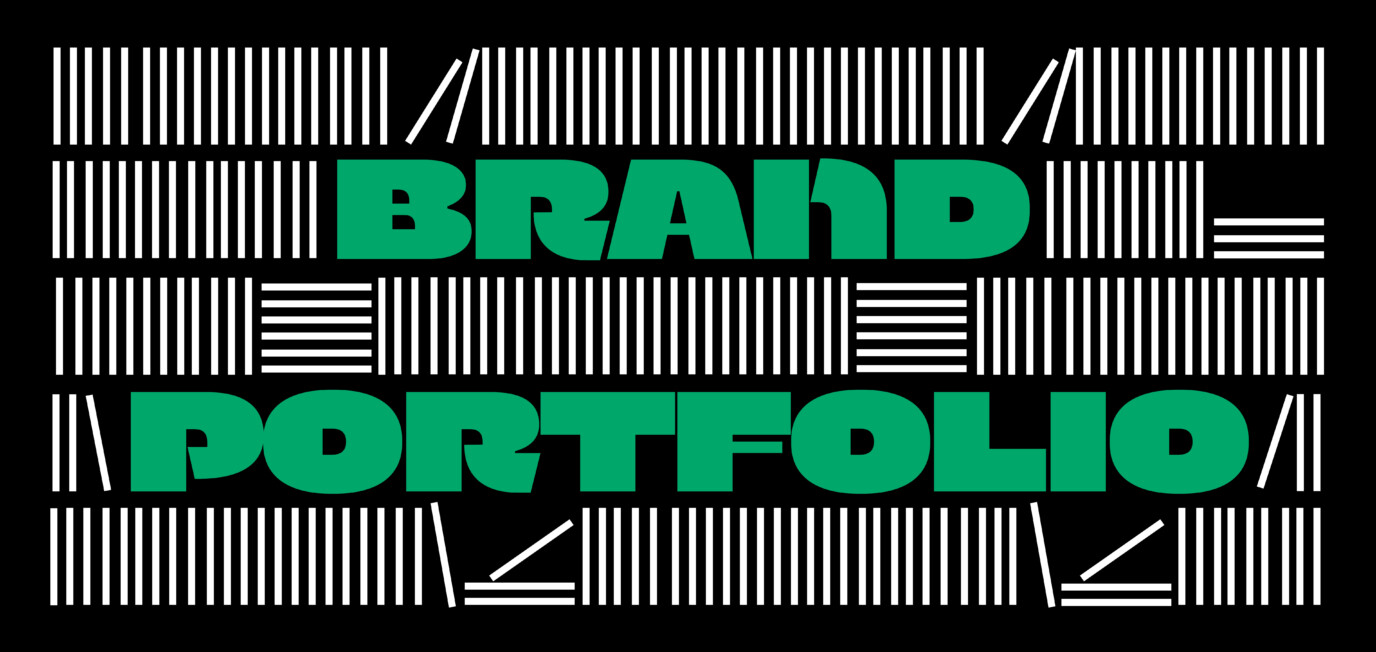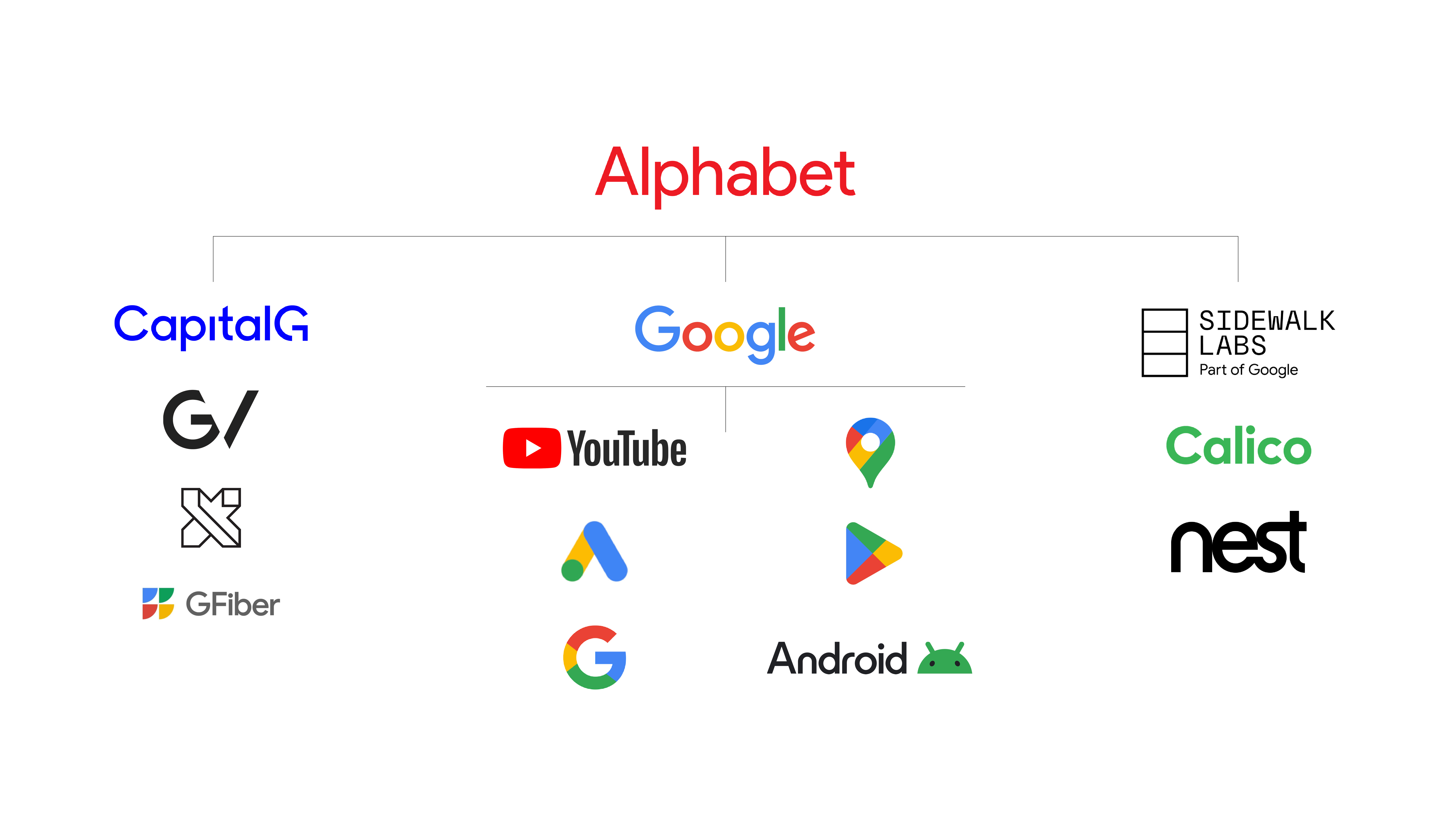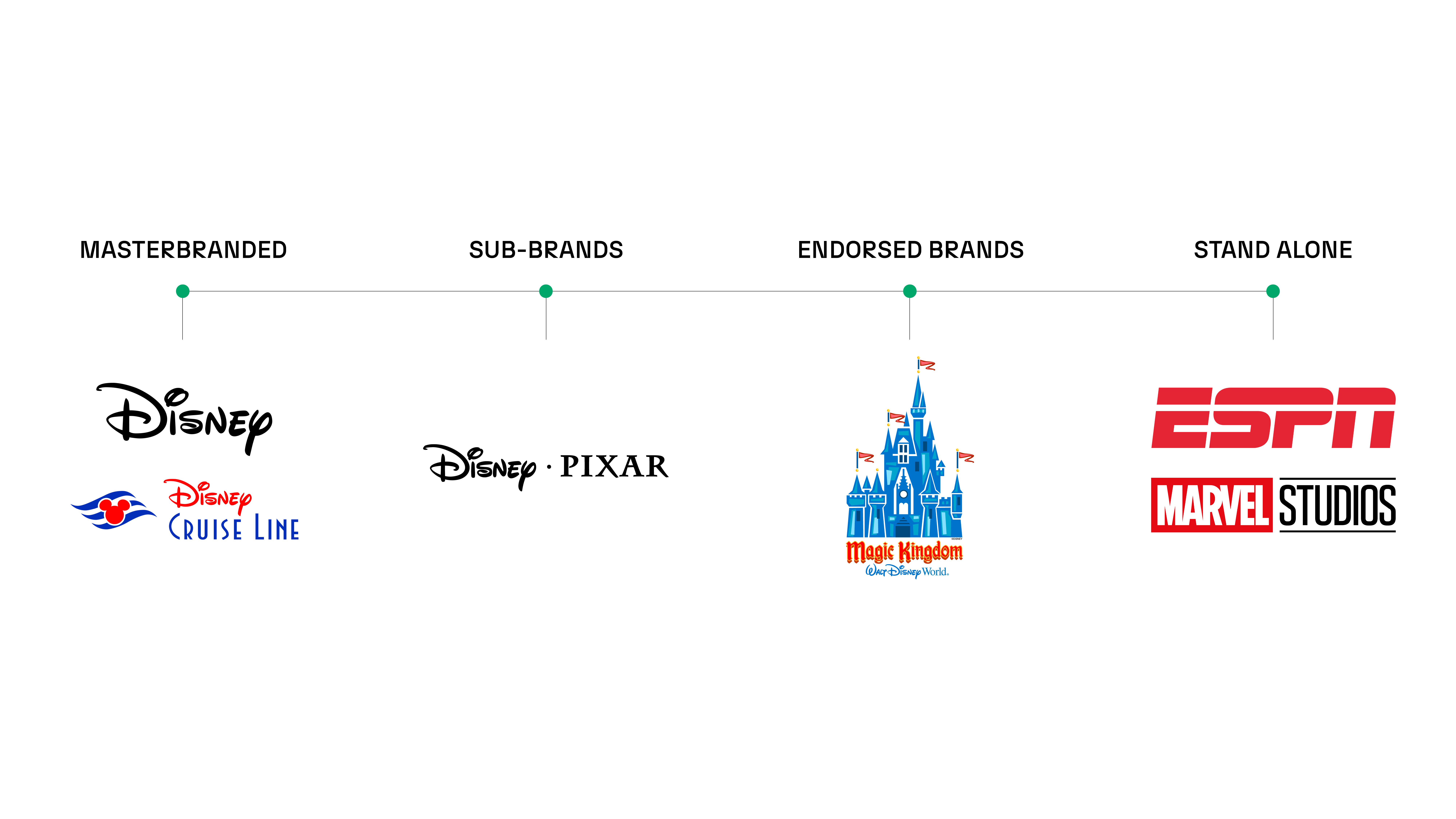
AUTHOR: CHARLIE SKINNER
READ TIME: 5 MINS
Much like a garden, a brand’s portfolio can quickly become overgrown when left untended. London Head of Brand Strategy Charlie Skinner gives his take on the power of strategic brand portfolio management – and how it can ultimately unlock growth.
Do you tend to your brand portfolio throughout the year? Or avoid it – until one day, you look out and the whole thing has become completely overgrown and impenetrable?
Horticulture analogies aside, there is a tendency to push brand portfolio management down the to-do list, and for understandable reasons. Moving parts, interdependencies, internal wranglings and structural complexities mean it’s never a straightforward task – particularly when the name of the game is arriving at a structure that feels both logical and coherent.
But as Mark Ritson says: “There’s no more important topic in the whole pantheon of brand management than brand architecture.”
And that’s because, whether you opt for a monolithic, house of brands or endorsed approach, your portfolio’s structure will play a big role in maximising the value of your brands to your business.
Here are three reasons to push brand architecture up the to-do list.
1. It supports major business transformation.
Pivotal moments in a company’s trajectory often require a rethink of brand portfolio and architecture to unlock growth and drive the company forward. Think of it as major surgery rather than a quick nip and tuck; a shedding of the growth-limiting previous structure and a move towards something fit for purpose and fit for the future.
“Pivotal moments in a company’s trajectory often require a rethink of brand portfolio and architecture.”
Google’s transition to Alphabet is a good example. Over time, the business had outgrown its category of origin – search – and expanded into healthcare and investment, adding brands like health company Verily and private equity firm CapitalG.
Its new corporate brand, Alphabet, needed to symbolise this journey and reinforce the fact that Alphabet is greater than the sum of its parts – greater, in fact, than Google. It also needed to communicate the company’s ambition to the markets and show employees that they belonged to something (even) greater.

But major surgery isn’t always required. Sometimes, a renewed focus on brand optimisation is what reaps big rewards.
2. It optimises the value of individual brand assets.
Disney is the master of managing a complex series of brand relationships and optimising the value of each individual brand asset. The corporate brand – The Walt Disney Company – presides over a large portfolio of media, leisure and entertainment brands, and has been able to extend its reach within and across categories in a way that hasn’t diluted its brand equity.
Taking a small slice of its portfolio as an example, we see a strong and strategic guiding hand at work:
- Masterbranded: Films and cruises, sitting directly under the masterbrand, benefit from all the advantages of the Disney name. They’ve also been judged fit to carry it.
- Sub-brands: Disney-Pixar is a relationship of equals where each side contributes to the quality of their output, and benefits from one another’s presence.
- Endorsed brands: Magic Kingdom is granted a certain degree of independence from Disney, the endorser. This allows it to develop some character and appeal of its own – removed from the masterbrand yet still supported by it.
- Stand-alone: There’s little or no explicit connection between brands like ESPN and Marvel Studios, and Disney. There’s judged to be no benefit to making the relationship explicit for either side, so they act as independent, stand-alone brands.

For Disney, every portfolio architecture decision has been judiciously made to avoid confusing the offer and compromising brand equity. Its approach is based around the collective interests of the wider group – ensuring that each brand plays its part in driving benefits for the business as a whole.
3. It creates new value through diversification.
When it comes to diversification, Ferrari is leading the way: it managed to leverage brand extensions to underscore its exclusive ethos and further strengthen its aspirational brand DNA.
You might have heard about Ferrari’s collaboration with Puma trainers. But the Puma collab is just one slice of the pie. The brand has also opened Ferrari shops, like Scuderia Ferrari, selling everything from t-shirts and fragrance to belts and golf equipment.
“Leveraging brand extensions has allowed Ferrari to further strengthen its aspirational brand DNA.”
But the really clever bit is this: Ferrari used this revenue – estimated at €500 million every year – to fund innovation. Buoyed by the success of the merchandise, it developed premium line extension LaFerrari, its fastest-ever road car. It’s the ultimate expression of the brand’s DNA, and has been described as the ‘pinnacle of innovation’ and ‘Ferrari’s most ambitious project’. Though completely exclusive, it nevertheless takes the range to even higher heights, much to the delight of Ferrari’s legion of fans. So rather than diluting the famous brand equity, this diversification initiative contributes to strengthening it.
So, if you consider brand a powerful business asset, make sure you’re looking after your brand portfolio. Not only is this good housekeeping, but it’s essential for business growth and strategic evolution.
Experiencing your own brand portfolio challenge? Get in touch to schedule a strategic diagnosis with one of the team.



